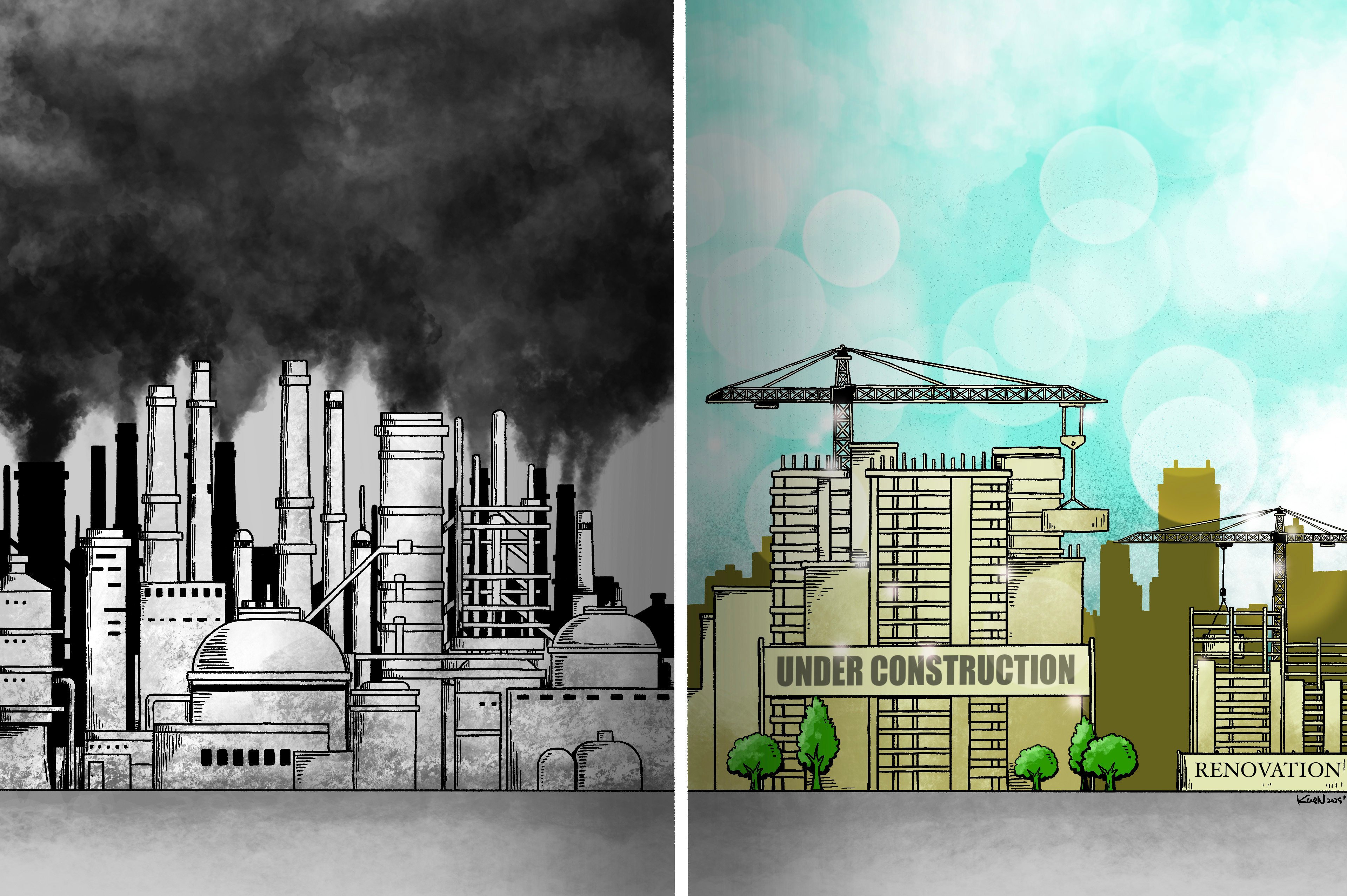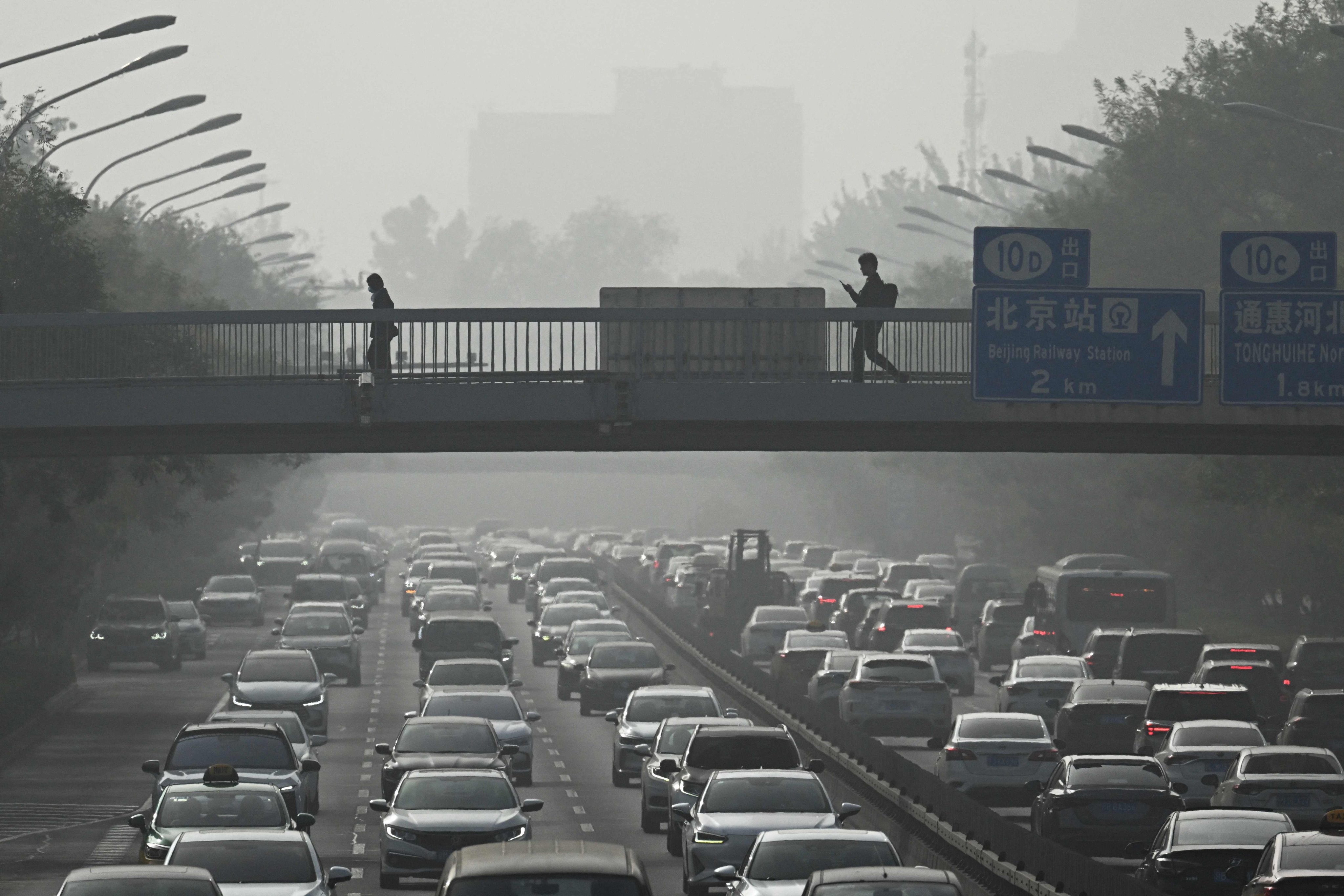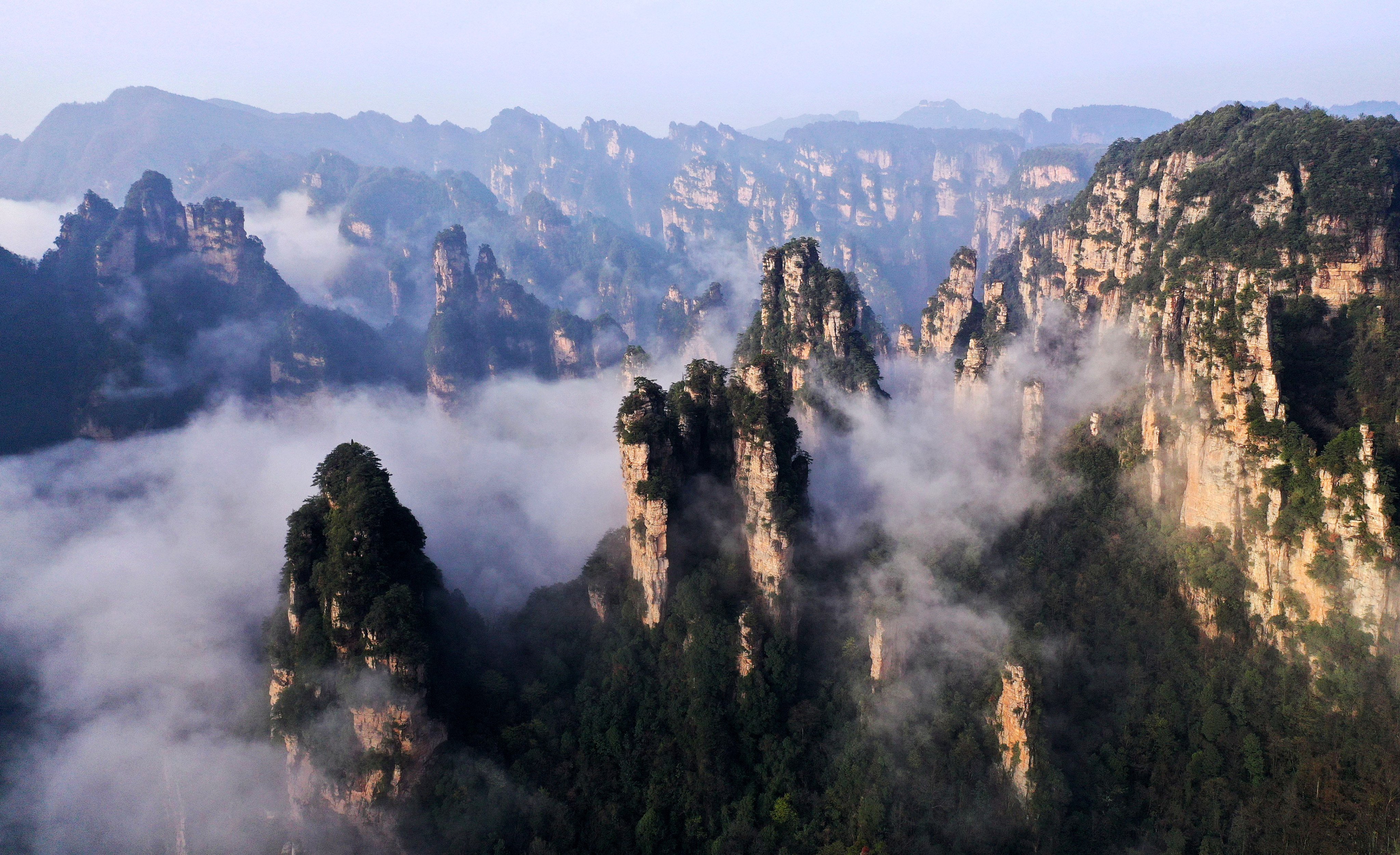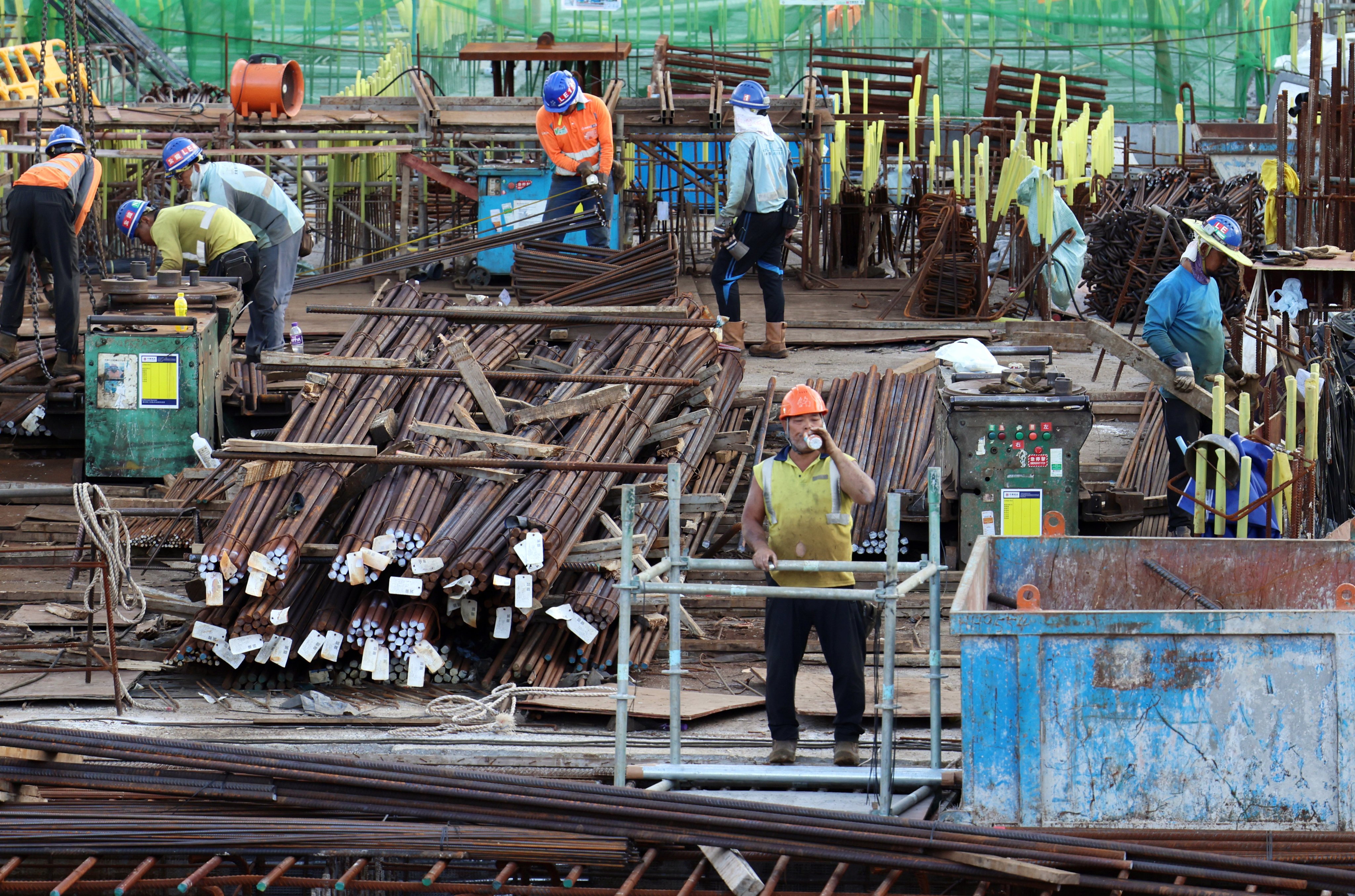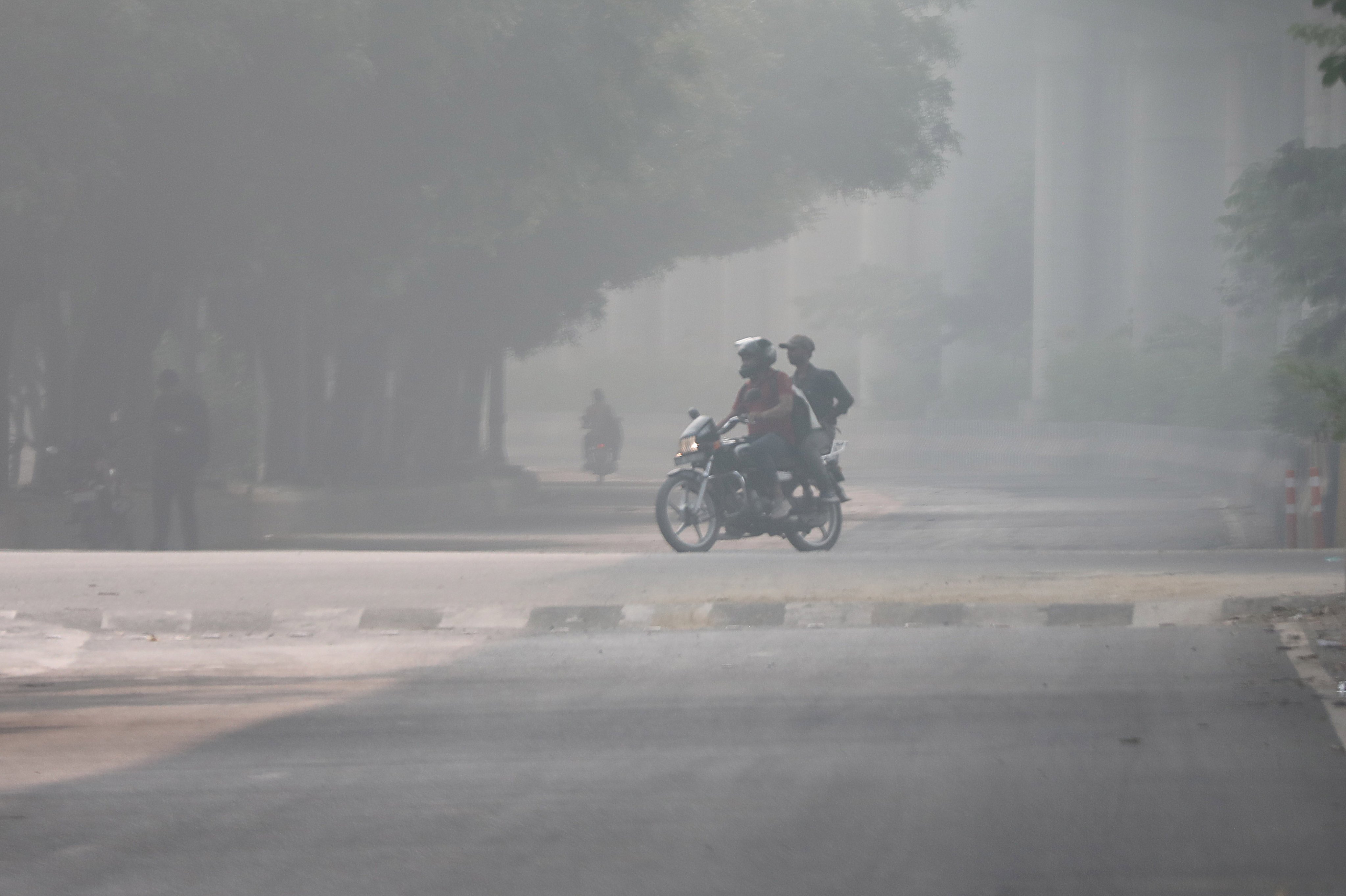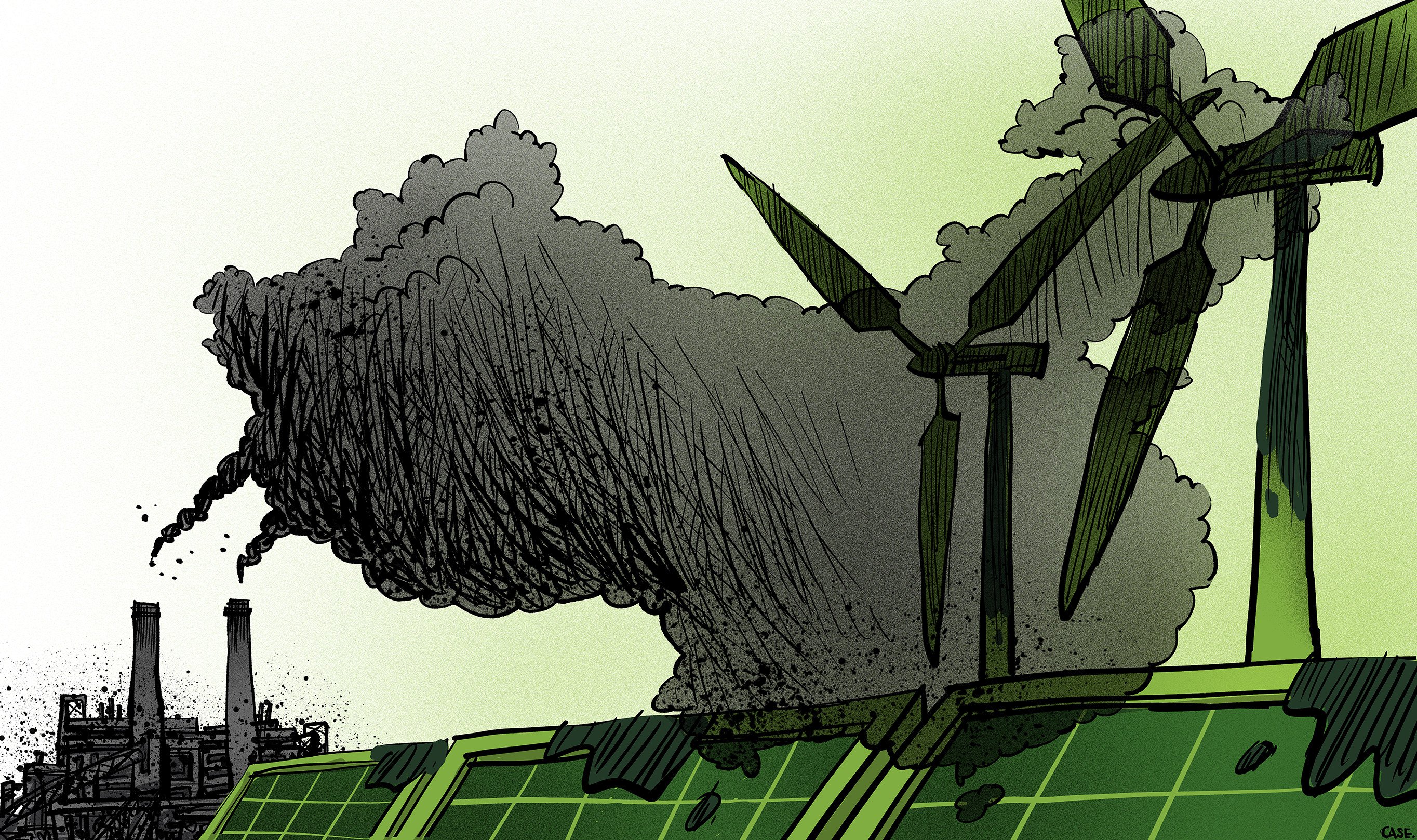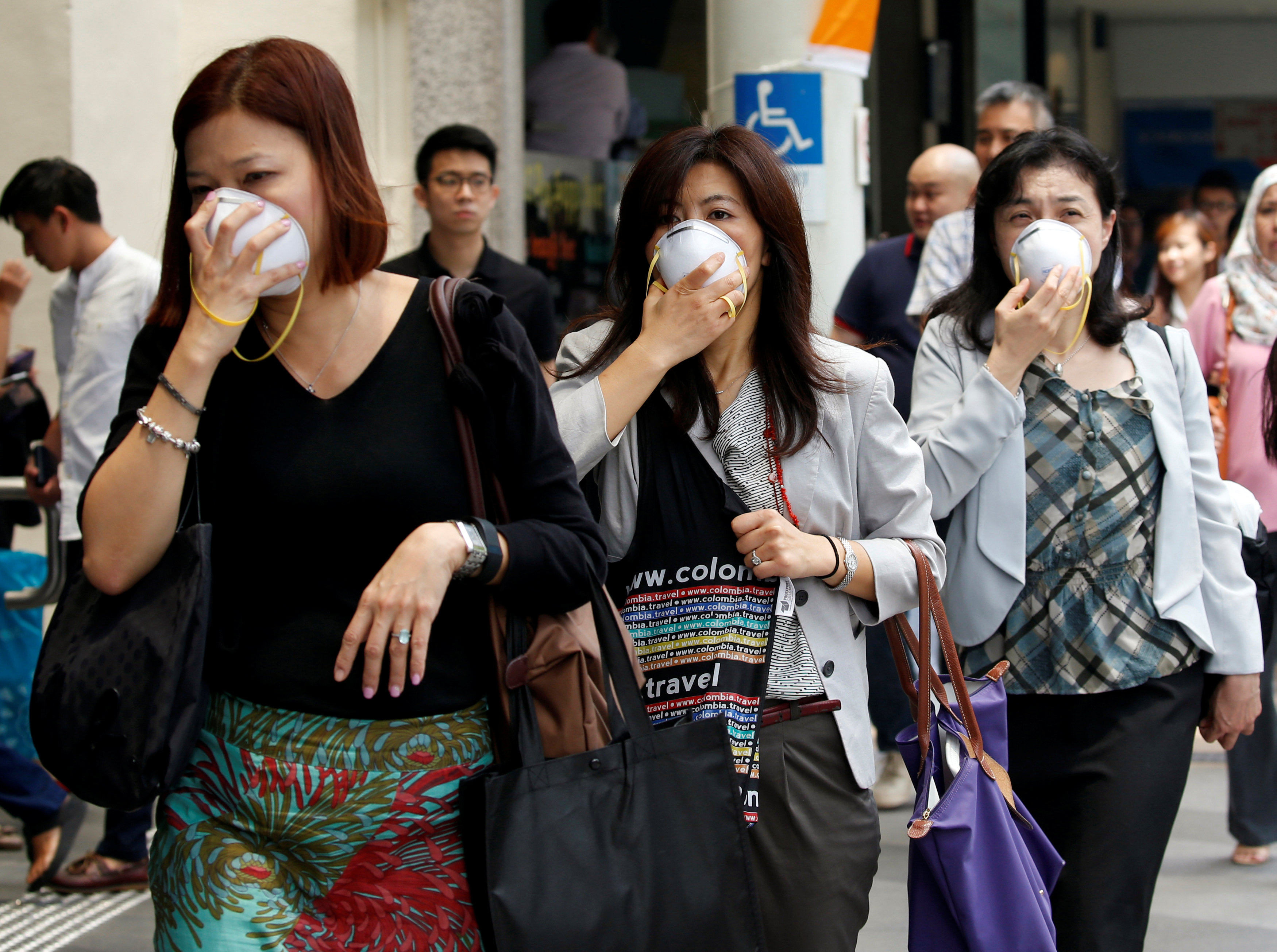TOPIC
China pollution
China pollution
Latest news and analysis about the degradation of the air quality, water, marine environment and soil in China.
Help preserve 120 years of quality journalism.
SUPPORT NOWAdvertisement
Advertisement
Advertisement
Advertisement
Advertisement
Advertisement
Advertisement
Advertisement
Advertisement
Advertisement
Advertisement
Advertisement
